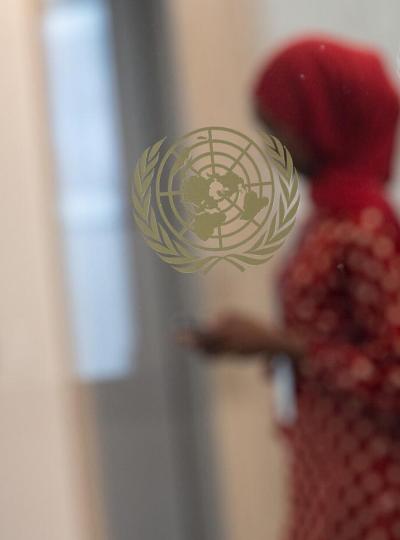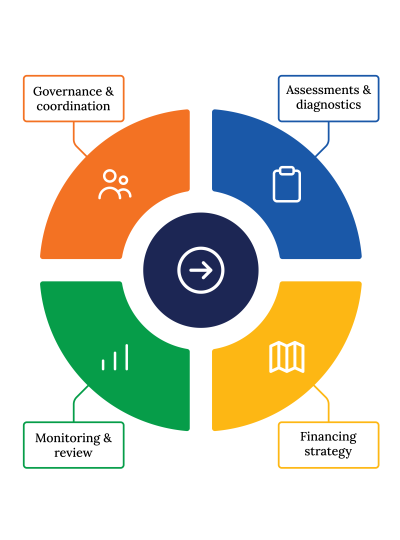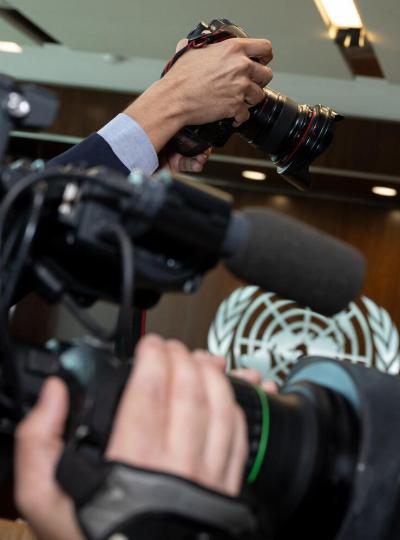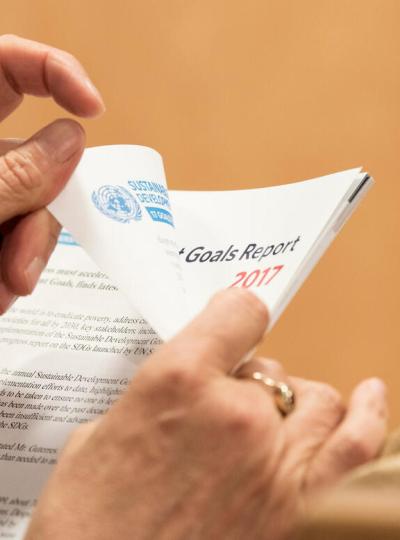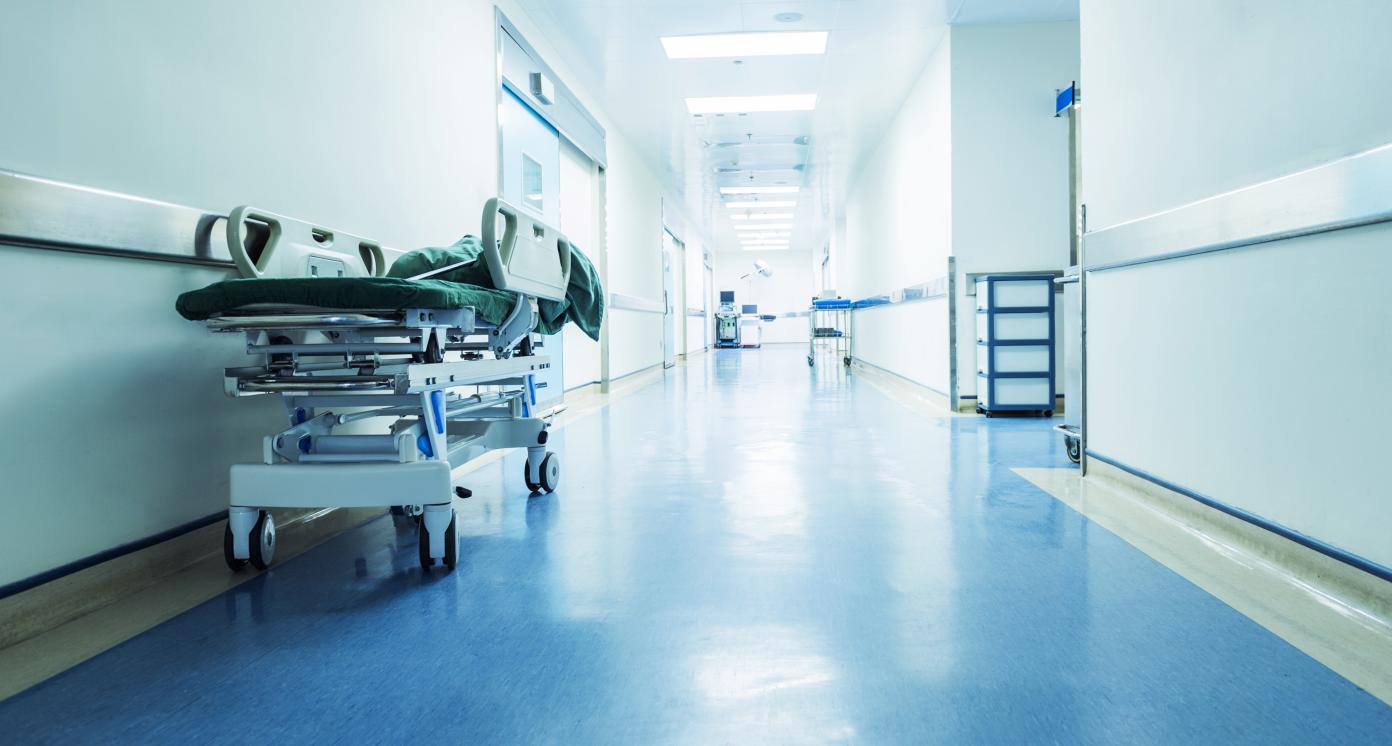Investing in Hospitals/Clinics to Provide Healthcare Services
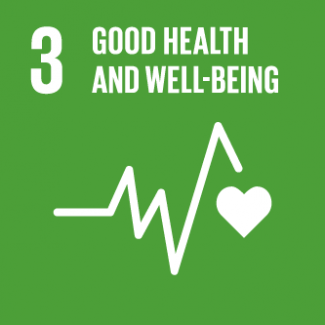
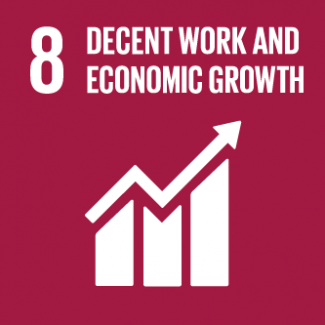
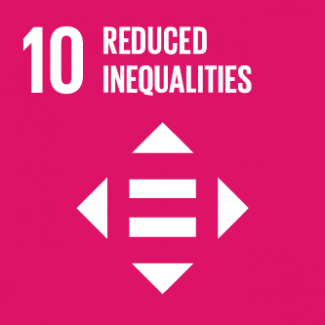
Business Model Description
Investments in Hospitals/Clinics to Provide Healthcare Tourism Services for Medically Underserved Countries in the Region
Expected Impact
This IOA will increase access to high-quality healthcare services for the populations of neighboring countries.
How is this information gathered?
Investment opportunities with potential to contribute to sustainable development are based on country-level SDG Investor Maps.
Disclaimer
UNDP, the Private Finance for the SDGs, and their affiliates (collectively “UNDP”) do not seek or solicit investment for programmes, projects, or opportunities described on this site (collectively “Programmes”) or any other Programmes, and nothing on this page should constitute a solicitation for investment. The actors listed on this site are not partners of UNDP, and their inclusion should not be construed as an endorsement or recommendation by UNDP for any relationship or investment.
The descriptions on this page are provided for informational purposes only. Only companies and enterprises that appear under the case study tab have been validated and vetted through UNDP programmes such as the Growth Stage Impact Ventures (GSIV), Business Call to Action (BCtA), or through other UN agencies. Even then, under no circumstances should their appearance on this website be construed as an endorsement for any relationship or investment. UNDP assumes no liability for investment losses directly or indirectly resulting from recommendations made, implied, or inferred by its research. Likewise, UNDP assumes no claim to investment gains directly or indirectly resulting from trading profits, investment management, or advisory fees obtained by following investment recommendations made, implied, or inferred by its research.
Investment involves risk, and all investments should be made with the supervision of a professional investment manager or advisor. The materials on the website are not an offer to sell or a solicitation of an offer to buy any investment, security, or commodity, nor shall any security be offered or sold to any person, in any jurisdiction in which such offer would be unlawful under the securities laws of such jurisdiction.
Country & Regions
- Turkey: Eastern Anatolia Region
- Turkey: Southeastern Anatolia Region
Sector Classification
Health Care
Development need
According to the Sustainable Development Report Dashboard of 2020, significant challenges remain in Turkey's performance on SDG 3 (Good Health and Well-being). This situation is exacerbated by COVID-19
Policy priority
Pharmaceuticals and medical devices are listed as priority investment areas (11th Development Plan and the 2020 Presidential Program). The Ministry of Health 2019-2023 Strategic Plan highlights constraints such as the the inefficient use of information technologies, the limited scale of R&D, inequalities in regional health services and the underemployment of health personnel
Gender inequalities and marginalization issues
60% of healthcare workers in Turkey are women. (19) There is no official data providing a gender-based breakdown of the job categories in the healthcare sector. There are 1.83 doctors per 1000 people in Turkey (20), this is below the OECD average of 3.4.(21) There are currently 19.05 hospital beds per one million people in the country. (20) Although the regional breakdown of these indicators are not provided, rural and remote areas have an unequal access to health facilities and personnel.
Investment opportunities
Wide-scale reforms and significant sectoral growth drive investments towards healthcare.The production of high-value added pharmaceuticals and medical devices are marked as priority investment areas by the country. Moreover, the presence of many clinics and hospitals under the internationally accredited Joint Commission International supports prospects for health tourism
Key bottlenecks
The lack of collaboration among scientists and industry & the shortage of opportunities to encourage the private sector to invest in basic research limit scale. Overall, health research and R&D infrastructure development is necessary
Health Care Providers
Development need
This subsector was chosen in line with the inequality of access to healthcare services within and beyond Turkey. Regional differences in service delivery can be addressed through business models such as telehealth and health tourism.
Policy priority
Goal #6 listed in the Ministry of Health's 2019-2023 Strategic Plan calls for the contribution of the Turkish healthcare sector to global service delivery and national needs.In line with this, the report notes that health tourism and remote diagnostics are vital areas for service delivery
Gender inequalities and marginalization issues
60% of healthcare workers in Turkey are women. (19) There is no official data providing a gender-based breakdown of the job categories in the healthcare sector. There are 1.83 doctors per 1000 people in Turkey (20), this is below the OECD average of 3.4.(21) There are currently 19.05 hospital beds per one million people in the country. (20) Although the regional breakdown of these indicators are not provided, rural and remote areas have an unequal access to health facilities and personnel.
Investment opportunities
Wide-scale reforms and significant sectoral growth drive investments towards healthcare.The production of high-value added pharmaceuticals and medical devices are marked as priority investment areas by the country. Moreover, the presence of many clinics and hospitals under the internationally accredited Joint Commission International supports prospects for health tourism
Key bottlenecks
The transportation and telecommunication infrastructure in certain regions might prevent access to remote diagnostics or health tourism services.
Health Care Delivery
Pipeline Opportunity
Investing in Hospitals/Clinics to Provide Healthcare Services
Investments in Hospitals/Clinics to Provide Healthcare Tourism Services for Medically Underserved Countries in the Region
Business Case
Market Size and Environment
> USD 1 billion
Number of health tourists visiting/year
Indicative Return
10% - 15%
Interviewed investors with current portfolios in city hospitals in Turkey estimate an IRR of 10% to 12% (EUR based).
According to interviewed service providers, private hospitals accrue 15% to 20% returns from Social Security Institution (SGK) agreements and 20% to 30% returns if operating independently of SGK agreements.
Investment Timeframe
Medium Term (5–10 years)
Once an investment is made to build a hospital, 2 to 3 years is needed for the construction and licensing processes. After the official opening, at least 5 years is needed for the hospital to generate profits
Ticket Size
USD 1 million - USD 10 million
Market Risks & Scale Obstacles
Market - Volatile
Impact Case
Sustainable Development Need
There are mid to low income households in developing and underdeveloped countries who struggle to afford and access quality healthcare services.
Treatments in Turkey helps save approximately 60 percent in medical operation costs compared to many European countries. (13)
Gender & Marginalisation
There are regional disparities in the access to health services and personnel in Turkey and its neighboring countries
Expected Development Outcome
Increase access to healthcare for two target groups: mid-low income households in developed countries and citizens of low-income developing regional countries
Increase the job opportunities available in the region and contribute to the economic development of the community
Provide access to quality healthcare services for around 1 billion people and 57 countries within the proximity of a 4-hours long flight (4)
Gender & Marginalisation
Increase access to medical services for female, inmigrants or rural population
Primary SDGs addressed

3.b.1 Proportion of the target population covered by all vaccines included in their national programme
3.b.2 Total net official development assistance to medical research and basic health sectors
3.c.1 Health worker density and distribution
86.47% (18)
2.16 billion US$ (18
1.75 per 1 thousand people (18)
100%
This is above the world average (1.49/1 thousand), but below the OECD average of 2.86/thousand (18)

8.9.1 Tourism direct GDP as a proportion of total GDP and in growth rate
Secondary SDGs addressed

Directly impacted stakeholders
People
Gender inequality and/or marginalization
Corporates
Public sector
Indirectly impacted stakeholders
People
Corporates
Outcome Risks
This business model might redirect healthcare resources and personnel away from areas covered by public health insurance schemes and national health capacity (13)
Environmental damage of international travel is a potential negative externality of health tourism
Infection and the cross-border spread of antimicrobial resistance and dangerous pathogens might be a recurring phenomenon, especially within the context of COVID-19 (14)
Impact Risks
Unexpected impact risk
Execution Risk
Impact Classification
What
Important, positive outcome: improved access to affordable and quality healthcare delivery.
Who
The underserved populations with limited access to quality healthcare services in the regional developing and least developed countries are likely to benefit from this investment.
Risk
Medium Risk (The risks of this model include infection and contagion effects. Furthermore, there may be potential medico-legal issues if proper quality standards are not maintained.) (14)
Impact Thesis
This IOA will increase access to high-quality healthcare services for the populations of neighboring countries.
Enabling Environment
Policy Environment
One of the strategic aims of the Health Transformation Project (HTP), inaugurated by the Turkish Ministry of Health in January 2003, is to " increase the capacity of health tourism, tourist health and cross-border health services provision"
(11th Development Plan): The 11th Development Plan declares the government's plans to undertake promotion and investment activities towards the development of health tourism
(Ministry of Health's 2019-2023 Strategic Plan): Expanding the health tourism sector is among the goals listed by the Ministry of Health's 2019-2023 Strategic Plan
Financial Environment
Fiscal incentives: VAT Exemption from medical services is available for foreigners who do not normally reside in Turkey, plastic surgery operations are excluded from this exemption. (15)
Other incentives: The government has a financial support package for international health tourism investments, including registration and protection, reporting and consultancy, documentation, advertising and marketing, foreign unit and agency commission support etc.
Regulatory Environment
(Regulation): Bilateral Social Security Contracts: If a foreign national of a bilateral contract party state with Turkey comes to Turkey for treatments, they will be able to cover part of their medical expenses through their domestic healthcare scheme and pay the mark-up (9) (10)
(Regulation): The Regulation on International Health Tourism and Tourist Health has been published in the Official Gazette #30123 on the 13th of July, 2017. It sets out the principles and the procedures with which to govern international health tourism in compliance with national and international standards, with respect to human health
(Regulation): The Joint Commission International is the global healthcare services accreditation organization certifying the quality of healthcare tourism facilities
Marketplace Participants
Private Sector
The full list consisting of 940 government-accredited health tourism institutions can be accessed at source (16), government-accredited medical tourism travel agencies- the full list can be accessed at source (17)
Government
Turkish Healthcare Travel Council, The Ministry of Health, Embassies
Multilaterals
The Islamic Corporation for the Development of the Private Sector of the Islamic Development Bank, MDBs such as EBRD
Non-Profit
Joint Commission International
Target Locations
Turkey: Eastern Anatolia Region
Turkey: Southeastern Anatolia Region
References
- (4) 2019-2023 Strategic Plan of the Ministry of Health, http://www.sp.gov.tr/upload/xSPStratejikPlan/files/Anobg+StratejikPlan2019-2023.pdf "5) Sustainable Development Goals Evaluation Report http://www.surdurulebilirkalkinma.gov.tr/wp-content/uploads/2020/03/Surdurulebilir-Kalkinma-Amaclari-Degerlendirme-Raporu_13_12_2019-WEB.pdf "
- (6) Swiss Chamber of Commerce, 2015, https://www.tr-ch.org/wp-content/uploads/2015/06/Turkey-Pharmaceuticals2015DT.pdf
- (7) Bioizmir, http://bioizmir.deu.edu.tr/en/
- (8) PwC, "İlaç Sektörü Vizyon 2023 Raporu, https://www.pwc.com.tr/en/publications/industrial/pharma/pdf/ilac-sektoru-vizyon-2023-raporu-eng.pdf
- (12) Ministry of Health of Turkey, USHAŞ International Health Services Inc. https://www.ushas.com.tr/saglik-turizmi-verileri/
- (13) Daily Sabah, "Turkish Healthcare Tourism Professionals Eye 20b in Revenue in the Upcoming Years", https://www.dailysabah.com/tourism/2019/07/22/turkish-health-care-tourism-professionals-eye-20b-in-revenue-in-upcoming-years
- (14) PR News Wire, "The Global Medical Tourism Market Size is Expected to Reach USD 179.6 Billion by 2026, https://www.prnewswire.com/news-releases/the-global-medical-tourism-market-size-is-expected-to-reach-usd-179-6-billion-by-2026--300802617.html
- (15) PwC Sector Report, https://www.pwc.com.tr/tr/hizmetlerimiz/vergi/dolayli-vergi/bultenler/kdv-otv-bultenleri/kdv-genel-uygulama-tebliginde-yapilan-degisiklik.html "16) T.C Sağlık Bakanlığı, List of Licensed Medical Tourism Facilities, https://dosyamerkez.saglik.gov.tr/Eklenti/38312,bakanligimizcayetkilendirilmissagliktesislerison1pdf.pdf?0 "
- (17) T.C Sağlık Bakanlığı, https://dosyamerkez.saglik.gov.tr/Eklenti/38306,bakanligimizcayetkilendirilmisaracikuruluslareepdf.pdf?0
- (18) SDG Tracker, 2020, https://sdg-tracker.org/
- (19) Anatolian Agency, 2020. https://www.aa.com.tr/tr/sirkethaberleri/saglik/saglik-sektorunde-kadin-paneli/656192
- (20) Trading Economics: OECD Health Data, 2018. https://tradingeconomics.com/turkey/medical-doctors
- (21) OECD, 2017. https://www.oecd-ilibrary.org/docserver/health_glance-2017-52-en.pdf?expires=1615450933&id=id&accname=guest&checksum=75ABA90B65E377ACA91EBA3E9CEBA6B2


